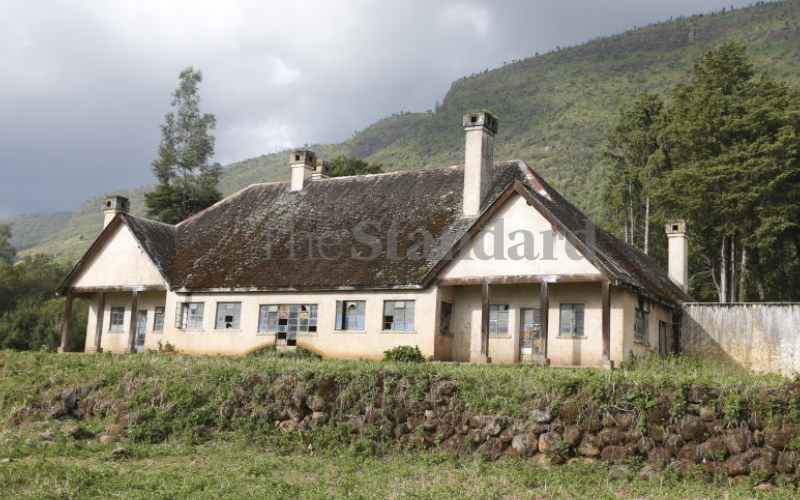×
The Standard e-Paper
Join Thousands of Readers

A white settler's bungalow. [Wilberforce Okwiri, Standard]
Happy Valley started when Geoffrey Buxton, the first colonial farmer in Naivasha, moved from the dry arid Rift Valley to the area. Brought a dark side to the event. It had me re-thinking about the historical exploits of the former Happy Valley. Naivasha was part of this valley.